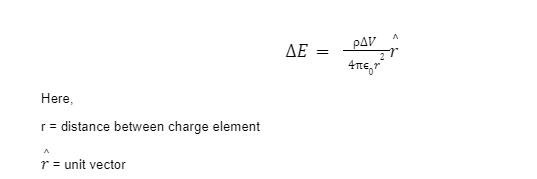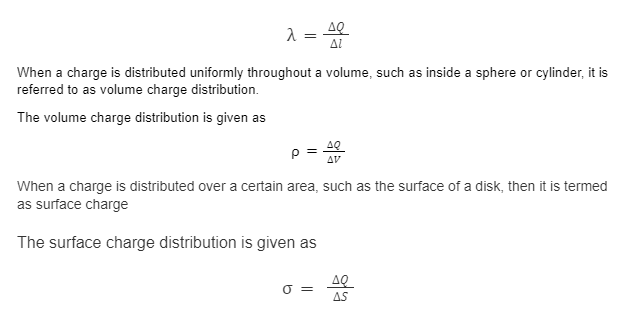Introduction
Electric charge, a fundamental property of matter, controls the influence of an electric or magnetic field on elementary particles. Electric charge consists of discrete natural units which can’t be made or destroyed. Positive and negative charges are the two known kinds of electric charges. Two objects with an excess of one kind of charge repel each other when positioned close enough together. When two negatively and positively charged elements are brought close together, they attract one another. The property of electric charge is shared by many fundamental or subatomic particles of matter.
Electric Charge
A positive or negative electric charge is a feature of matter that causes two objects to attract or repel one another. If the objects are oppositely charged (positive-negative), they will attract one another; if they have the same charge, (positive-positive or negative-negative), they will repel each other.
The direction of charge means the path in which electric charge flows.
Electric Field
A region of space around an electrically charged particle or object in which an electric charge would feel force is known as an electric field.
An electric field is a vector quantity which can be represented as arrows pointing toward negative charge or away from positive charge. The lines should point radially outward and also away from the positive charge, or radially inward which is toward a negative charge.
Continuous Charge Distribution
q1, q2, ……,qn are combinations of discrete charges. One of the reasons we limited ourselves to discrete charges is because the mathematical method is simpler and does not require calculus. Working with discrete charges, on the other hand, is impractical for a variety of reasons, thus we must instead use continuous charge distributions. In a continuous charge distribution, all charges are securely linked together with very little space between them.
There are three ways to distribute charges which are as follows;
- Linear Charge Distribution
- Surface Charge Distribution
- Volume Charge Distribution
Linear Charge Distribution
Linear charge distribution occurs when charges are distributed evenly along a length, such as around the circumference of a circle or along a straight wire. The symbol represents the linear charge distribution.
The linear charge distribution is given as

∆l is a small line element of wire on the macroscopic scale, but it contains a considerable number of microscopic charged components, and Q is the charge contained in that line element.
∆Q = charge in line element
∆l = line element
Surface Charge Distribution
The charge distribution on the surface of a charged conductor cannot be determined in terms of positions of microscopic charged particles. It is more practicable to specify the charge Q on an area element S on the conductor’s surface (which is very small on the macroscopic scale but large enough to include many electrons).
When a charge is distributed over a certain area, such as the surface of a disk, then it is termed as surface charge
The surface charge distribution is given as
The surface charge density as stated ignores charge quantification and charge distribution discontinuities at the microscopic level, whereas the macroscopic surface charge density is a smoothed out average of the microscopic charge density across an area element S, which is huge microscopically but small macroscopically.
Volume Charge Distribution
When a charge is distributed uniformly throughout a volume, such as in the sphere or cylinder, it is referred to as volume charge distribution.
The volume charge distribution is given as

Electric Field due to a Continuous Charge Distribution
A continuous charge distribution’s field can be determined in the same way as a system of discrete charges’ field can be calculated. Assume that the continuous charge distribution in space has a charge density. Let r be the position vector of any point in the charge distribution, and O be any acceptable origin. The charge density varies from one place to another place, and it is the function of r. Subdivide the charge distribution into smaller volume elements ∆V. Charge in volume element ∆V is give as ρ∆V.
Now, let us consider a point P inside or outside of the charge distribution and R be the position vector.
Electric Field due to a Continuous Charge Distribution ρ∆V is given as

The total number of flux lines depends on the light source’s strength and remains constant as distance increases, with a higher density of flux lines (lines per unit area) indicating a stronger energy field. As a result, the intensity of the field is inversely proportional to the square of the distance (r) between the source and the observer.
Conclusion
Electric charge, a fundamental property of matter, controls the influence of an electric field on elementary particles.
There are three ways to distribute charges which are as follows;
- Linear Charge Distribution
- Surface Charge Distribution
- Volume Charge Distribution
Linear charge distribution occurs when charges are distributed evenly along a length.
The linear charge distribution is given as

 Profile
Profile Settings
Settings Refer your friends
Refer your friends Sign out
Sign out






